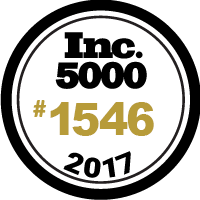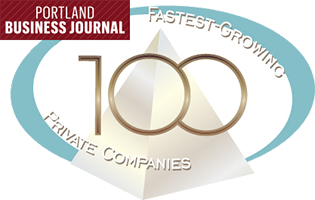Continuous improvement forms the basis of our approach to software development. This approach involves making a conscious, sustained effort to refine processes and improve the services we provide. A helpful way of understanding continuous improvement is by dividing it into three phases: learning, sharing, and implementing.
Phase 1: Learning
Do you read any blogs, follow people in your industry on social media, or experiment with different ways of solving problems? Congrats, you are already engaging in the first phase of continuous improvement. Any content you consume can potentially introduce you to new concepts and open up opportunities to revamp processes. It doesn’t matter whether you’re learning about a powerful testing stack or getting some app design pointers– what’s important is that you’re regularly seeking information from multiple sources, putting what you learn in the context of your work, and looking for ways to apply it to tangible, familiar scenarios.
Phase 2: Sharing
Once you’ve found a potential improvement, share it with your team. Start a conversation by asking questions like:
Does anyone have experience with this technology?
Did you end up using it? Why or why not?
What is the value in employing this technology?
What are the costs?
The answers to these questions will help you gauge the reactions of your team and outline your next steps. You may drop the idea completely, adopt parts of it, or immediately begin coordinating an implementation plan. Whichever direction you move in, you’ll want to have the support of your team along the way.
In order to ensure phase two doesn’t becoming a sticking point in the process, have an infrastructure in place to facilitate sharing new approaches. At DevelopmentNow, the first step in communicating an opportunity usually occurs via Slack channels. Each of our projects and the platforms we work with have a dedicated Slack channel where team members can post anything relevant to the theme. If a technology discussed in an article resonates with a team, someone takes on the task of researching it further and experimenting with its capabilities. Once that individual is ready to report, the team reviews their findings and decides how to move forward.
Sharing also has a place during and after a given project. As part of our iterative approach to development, DevelopmentNow conducts biweekly sprint reviews where teams discuss what went well and areas that need improvement. At project completion, the team showcases their work to the rest of company and evaluates process changes, technologies employed, and ideas to carry forward. These meetings help structure our approach to continuous improvement and encourage communication within and between teams.
Phase 3: Implementing
Coming to a consensus around adopting a new approach means you’ve won most of the battle. The final phase of continuous improvement concerns implementation- how will the team integrate a technique into their existing system? This phase obviously poses some potential challenges, the likeliest of which being a steep learning curve. To get over the early hurdles of implementation, carry on the conversation you started during the sharing phase into phase three. Communicating with your fellow team members will help level out a concept’s learning curve and raise awareness of any roadblocks that need to be addressed. Does the timeframe for implementing a technology need to be extended so people can get comfortable working with it? Or can the process be sped up? What needs to be done to guarantee everyone is on the same page? Team members ought to consider these questions throughout implementation and check in with each other regularly.
Continuous improvement pays dividends down the line by building the skillsets of team members and avoiding technical debt in projects. When individuals learn new solutions to problems and share their findings with others, everyone at the company benefits. As teams make persistent efforts to maintain their knowledge bases and implement new strategies, they close feature gaps and beat deadlines. To learn more about how we accomplish these improvement goals, check out our process outline and our past work.



